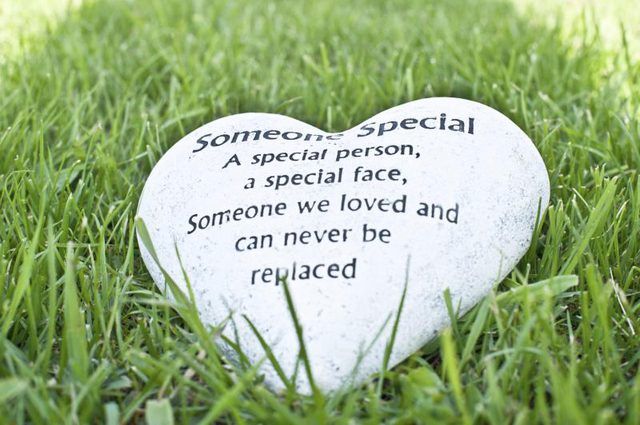Bulbs
Flower Basics
Flower Beds & Specialty Gardens
Flower Garden
Garden Furniture
Garden Gnomes
Garden Seeds
Garden Sheds
Garden Statues
Garden Tools & Supplies
Gardening Basics
Green & Organic
Groundcovers & Vines
Growing Annuals
Growing Basil
Growing Beans
Growing Berries
Growing Blueberries
Growing Cactus
Growing Corn
Growing Cotton
Growing Edibles
Growing Flowers
Growing Garlic
Growing Grapes
Growing Grass
Growing Herbs
Growing Jasmine
Growing Mint
Growing Mushrooms
Orchids
Growing Peanuts
Growing Perennials
Growing Plants
Growing Rosemary
Growing Roses
Growing Strawberries
Growing Sunflowers
Growing Thyme
Growing Tomatoes
Growing Tulips
Growing Vegetables
Herb Basics
Herb Garden
Indoor Growing
Landscaping Basics
Landscaping Patios
Landscaping Plants
Landscaping Shrubs
Landscaping Trees
Landscaping Walks & Pathways
Lawn Basics
Lawn Maintenance
Lawn Mowers
Lawn Ornaments
Lawn Planting
Lawn Tools
Outdoor Growing
Overall Landscape Planning
Pests, Weeds & Problems
Plant Basics
Rock Garden
Rose Garden
Shrubs
Soil
Specialty Gardens
Trees
Vegetable Garden
Yard Maintenance
How to Make a Memorial Garden
How to Make a Memorial Garden. Creating a memorial garden helps you honor a special person, event or cherished pet, and gives you a place for reflection and healing. Thinking about the plants and other elements in the garden provides a way to stay connected with your loved one. What's more, being in nature among plants and animals connects you...

Creating a memorial garden helps you honor a special person, event or cherished pet, and gives you a place for reflection and healing. Thinking about the plants and other elements in the garden provides a way to stay connected with your loved one. What's more, being in nature among plants and animals connects you with the energy, joy and peace that remain in the world.
A Place for Reflection
A garden bench or chair provides a spot in the garden for reflection. The seating doesn't need to be fancy -- just to provide a comfortable and inviting rest spot. If you prefer to meditate in motion, build a small labyrinth to walk around. Labyrinths range from elaborate stone and mortar creations to gravel or brick paths to simple, mowed paths between higher grasses.
Something Personal
If you place something in the garden that reminds you of your loved one, the garden becomes more special. If the garden is for someone who loved birds or dogs, erect a birdhouse or hummingbird feeder on a nearby branch or place a ceramic dog on the ground next to a bench. For a hiker, erect a small rock cairn, plant flowers in an old hiking boot or use old hiking poles for flower stakes.
Enclosing the Space
An enclosure gives the garden boundaries and sets it apart from other areas of your yard. A space enclosed by a hedge or fence gives the most privacy, but a few strategically placed clumps of tall ornamental grass or one or two panels of low picket fencing work as well. If your garden space is very small, a simple plaque or change in paving can also set an area apart.
Memorial Plantings
An ornamental or favorite plant makes a memorial garden special. Choose a simple plant such as an easy-care "Knock Out" rose (Rosa Radrazz) for U.S. Department of Agriculture plant hardiness zones 4 through 9 or a scented lilac bush (Syringa vulgaris) for USDA zones 4 through 7. Or choose an unusual plant, such as a dwarf Japanese maple (Acer palmatum "Dissectum") for USDA zones 6 through 8. If you have ashes to scatter, mix them with Iceland poppy seeds (Papaver nudicaule) before scattering them in the garden in USDA zones 2 through 8.